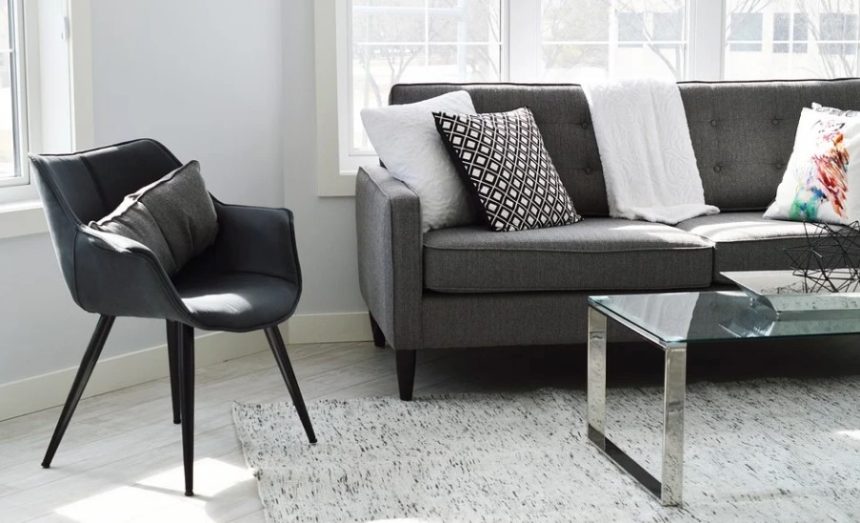Furniture is one of those aspects of the house that see the most action. With kids jumping on sofas to pets sleeping on them, they’re prone to wear and tear for many years. However, furniture is often a significant investment for your interiors, so how can you make these pieces last a little longer.
Take a look below:
1. Move furniture with care
When you’re sprucing up your layout, it’s natural just to drag and push heavy furniture around to get it in the best spot. However, this could be doing more harm than good. Over time, pushing and dragging can damage furniture and may also scratch your flooring. Instead, get someone to help you lift pieces carefully around the room to avoid any breakages.
2. Change furniture covers
Many pieces of furniture, including some sofas and chairs, come with removable covers. This is ideal for regular cleaning as accidents often happen around the home. In addition, this type of furniture is excellent for a kid’s bedroom. For example, if your child has a bean bag, they typically have a bean bag cover that can be washed or replaced to remove any stains and spillages from the seat.
3. Use the best cleaners for the job
To make furniture last longer, it’s best to clean it regularly. However, when doing this, be sure to use the right cleaner on the material. There are numerous types of cleaning solutions and sprays on the market, including fabric-specific options. If you use the wrong cleaner on your furniture, it could lead to staining or damaging the material, which will cost you more in replacements.
4. Avoid sunlight
Sunlight is vital in any living space, but the sun’s rays can do damage to your expensive furniture over time. To avoid any issues, place your furniture away from direct sunlight. If you haven’t got much choice on where to place it in the room, try adding blinds to minimize direct sunlight on these areas. For sofas, you could also add a throw to these sunspots to protect the material.
5. Avoid cheap furniture
While a cheap sofa might be tempting to save some cash, it could take more money to fix and maintain it in the long run. An excellent example of this is faux leather. While this material may look great to start with, it can begin to flake and peel off the material underneath over time. Plus, if your sofa sees a lot of wear and tear, this will happen quickly on seat cushions and armrests.
6. Set some house rules
Let’s face it, sometimes rules are made to be broken, but in this case, it’s best to avoid your furniture facing the breakages. To help make everything last longer, set a few small rules to prevent accidents and costly repairs. For example, let the kids know it’s not good to jump on the sofa or make sure your pet sleeps on a blanket or avoids sleeping on it altogether.















